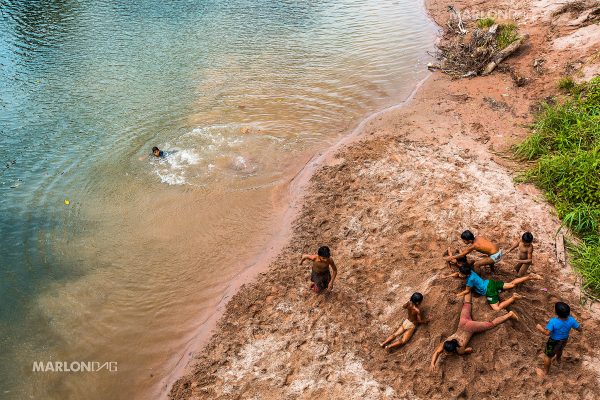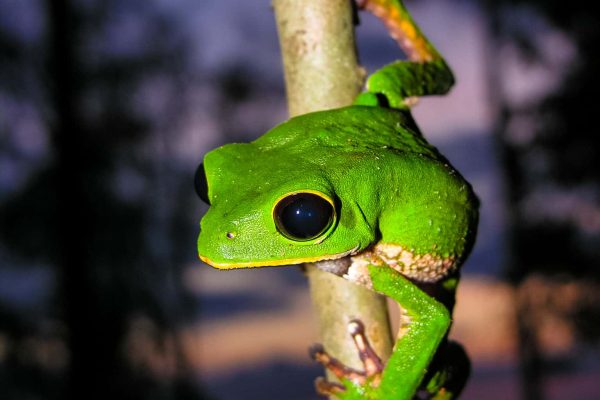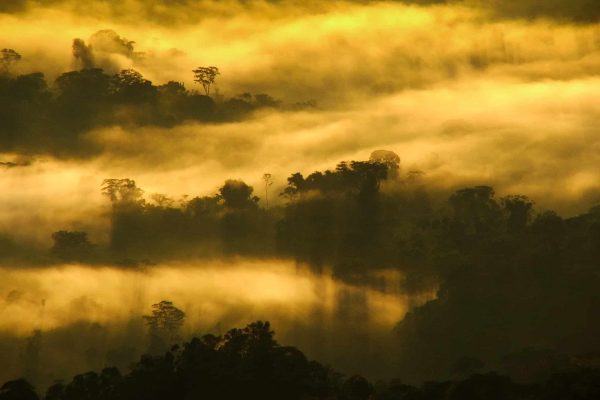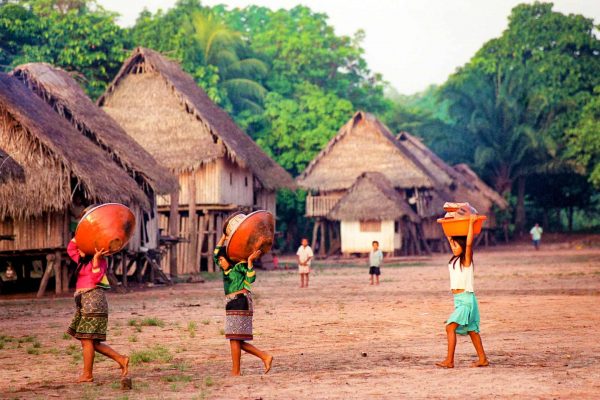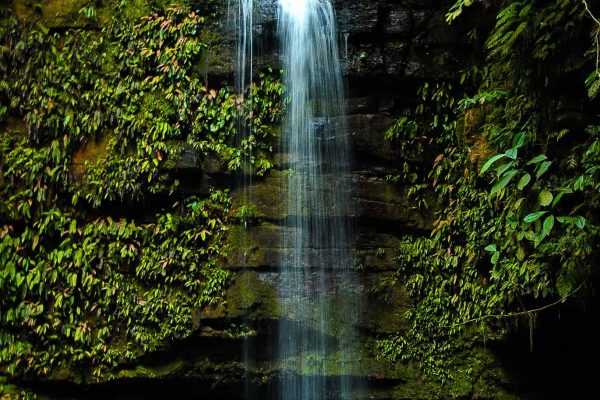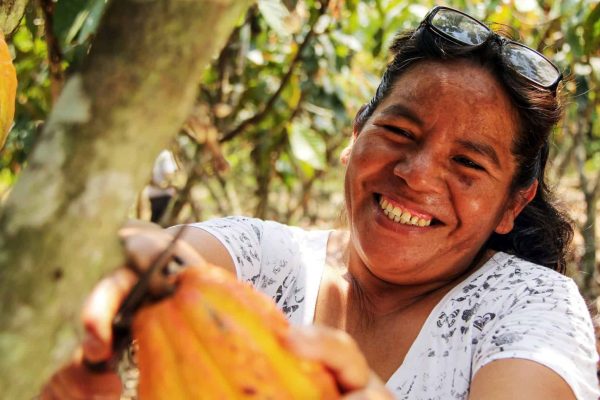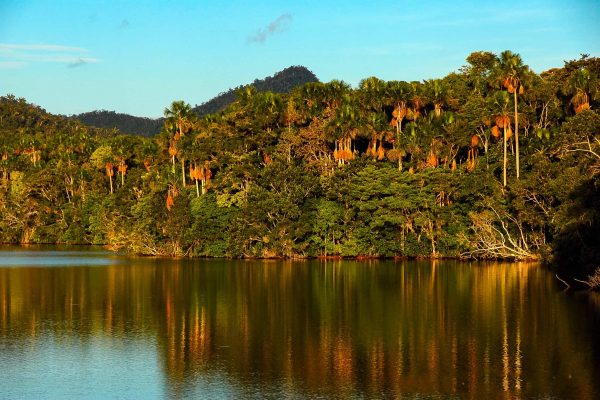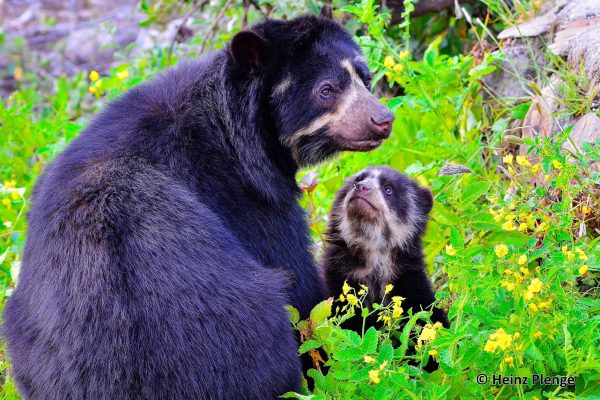Key facts
- 1.35 million hectares (the size of the US state of Connecticut!) of intact montane forest, and a further 2.3 million hectares in the buffer zone, nearly the size of Wales.
- The Park is the source of at least 45 watersheds that flow to the Huallaga and Ucayali rivers, two of the most important tributaries of the Amazonas River.
- Provides food and water for more than 440 communities residing in the buffer zone.
More info
Mountainous cloud forests, lush Amazon lowlands, sparkling blue lagoons, and rich biodiversity have earned Cordillera Azul National Park the title of ‘jewel of the Peruvian Amazon’. It is home to unique habitats, some virtually untouched by man, and to an estimated 6,000 plant species, more than 80 mammals, about 180 fish species, and over 600 bird species.
Although protected, the park is at risk of deforestation from nearby communities dependent on its resources. The project creates alternative, sustainable livelihoods for them, protects more than 1.35 million hectares in a wider landscape of 2.3 million hectares, and prevents the emissions of more than 15 million tonnes of CO2.
Project Impacts
Biodiversity & Ecosystems
The mountain forests of the central Amazon region of Peru hold extraordinary biodiversity, including endangered and endemic species. The park protects critical ecosystem services for indigenous and rural communities, including soil maintenance, freshwater provision, food security, and plant pollination, as well as 400 plant species that are explicitly used by locals.
Community Development
The project provides technical assistance to help local farmers implement agroforestry for cocoa, coffee, and other similar crops. This greatly improves degraded areas, generates revenue, and strengthens governance. The project also supports the development of small enterprises and cooperatives, access to education, sanitation, and healthcare, and a cacao processing facility which helps farmers add more value to their crops.
Emissions Reductions & Certifications
Cordillera Azul will prevent the emissions of more than 15 million tonnes of CO2 over the first 10 years of its 20-year lifetime, validated and verified under the Verified Carbon Standard (VCS). It has also achieved CCB Gold status for exceptional biodiversity benefits.
Endangered Species
The park protects healthy populations of endangered mammals, including spectacled bears, cougars, jaguars, bush dogs, river otters, giant armadillos, woolly monkeys, and spider monkeys. It is also home to iconic birds and species such as the scarlet-banded barbet, giant armored catfish, majestic harpy eagle, razor-billed curassows, and a variety of parrots and macaws.













